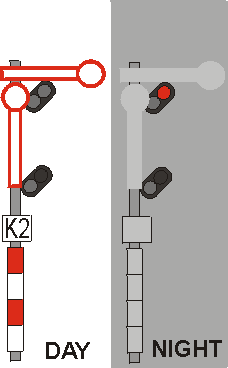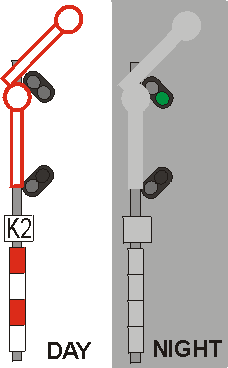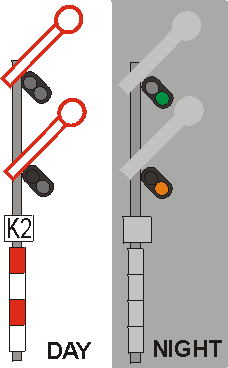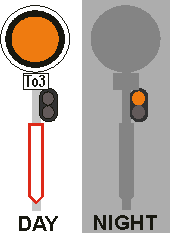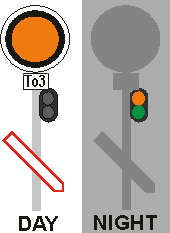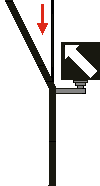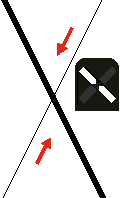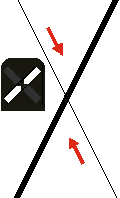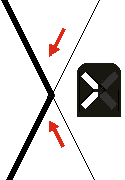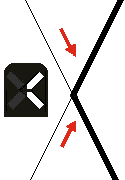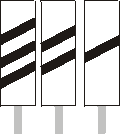Notice: the pictures are modified versions of ones taken from unknown Internet source, and show signals used in Poland. Grzegorz Jagodziński |
||||||||||||||||||||||||||||||||||||||||||||||||||||||||||||||||||||||||||
The Most Important Polish Railway Signals |
||||||||||||||||||||||||||||||||||||||||||||||||||||||||||||||||||||||||||
|---|---|---|---|---|---|---|---|---|---|---|---|---|---|---|---|---|---|---|---|---|---|---|---|---|---|---|---|---|---|---|---|---|---|---|---|---|---|---|---|---|---|---|---|---|---|---|---|---|---|---|---|---|---|---|---|---|---|---|---|---|---|---|---|---|---|---|---|---|---|---|---|---|---|---|
Colour-light signals |
||||||||||||||||||||||||||||||||||||||||||||||||||||||||||||||||||||||||||
|
||||||||||||||||||||||||||||||||||||||||||||||||||||||||||||||||||||||||||
Signals in the row “the same as previously” are repeating signals (or repeater signals), applied when the main signal is not visible easily (e.g. on curves). For a repeater, “the next signalling device” is another repeater (up to 3 repeaters may exist) or the semaphore whose signal is repeated. Signals in the row “only warning” are shown on warning shields, not semaphores. The two types of the devices can be easily distinguished, note the colour of the post (mast, pillar) of the device, and see below. There also exist, or existed in the past, other colour-light signals, being part of the old signalling system: |
||||||||||||||||||||||||||||||||||||||||||||||||||||||||||||||||||||||||||
|
||||||||||||||||||||||||||||||||||||||||||||||||||||||||||||||||||||||||||
Other signals |
||||||||||||||||||||||||||||||||||||||||||||||||||||||||||||||||||||||||||
The list below is far from being complete Signals on mechanical semaphores:
“To the end of the junction district” means proceeding with the speed limit until the entire train clears all swiches (junctions) which are protected by the semaphore. Signals on mechanical shields:
Signals of closing of the track, and way signals (temporary signals):
Junction signals (pointers):
Speed limits:
Notes:
|
||||||||||||||||||||||||||||||||||||||||||||||||||||||||||||||||||||||||||
|
||||||||||||||||||||||||||||||||||||||||||||||||||||||||||||||||||||||||||
One-track line in train simulators |
||||||||||||||||||||||||||||||||||||||||||||||||||||||||||||||||||||||||||

































